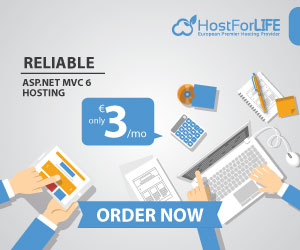A crucial security element that regulates how resources on a web page can be accessed by web apps from various domains is called Cross-Origin Resource Sharing, or CORS. Enabling CORS in an ASP.NET Core project entails setting up the server to permit or prohibit access to its resources from various sources. This is a comprehensive guide to help you integrate CORS into your ASP.NET Core application.

First, set up the CORS middleware
Installing the Microsoft.AspNetCore.Cors package is the first step. Using the NuGet Package Manager Console, you may accomplish this.
Install-Package Microsoft.AspNetCore.Cors
Alternatively, you can add it to your project's .csproj file:
<PackageReference Include="Microsoft.AspNetCore.Cors" Version="x.x.x" />
Use the most recent version available in place of x.x.x.
Step 2: In Startup.cs, configure CORS
Locate and open the ConfigureServices function in your Startup.cs file. Call AddCors in the ConfigureServices function to add the CORS service:
public void ConfigureServices(IServiceCollection services)
{
// Other configurations
services.AddCors(options =>
{
options.AddPolicy("AllowSpecificOrigin",
builder =>
{
builder.WithOrigins("https://example.com")
.AllowAnyHeader()
.AllowAnyMethod();
});
});
// Other configurations
}
The above code snippet:
The CORS services are added to the application's service container via AddCors.
AddPolicy generates a specified CORS policy that identifies permitted origins, headers, and methods ("AllowSpecificOrigin" in this example).
To designate which domains are permitted to access your resources, modify WithOrigins. To accept requests from any origin, use a "*".
3. Turn on the CORS middleware
Add the CORS middleware to Startup.cs's Configure function.
public void Configure(IApplicationBuilder app, IWebHostEnvironment env)
{
// Other configurations
app.UseCors("AllowSpecificOrigin");
// Other configurations
}It is necessary to include this middleware before any other middleware, such MVC or static file middleware, that might handle requests.
Step 4: Check Your Configuration for CORS
After configuring the CORS settings, test them by submitting requests to your ASP.NET Core APIs from various origins. Check that the headers, methods, and permitted origins meet the needs of your application.
In conclusion
Controlling access to your resources and guaranteeing safe communication between your application and clients from various domains depend on the CORS implementation in your ASP.NET Core project. You may increase the security of your application and allow cross-origin communication by defining CORS policies, which let you choose which origins are allowed to use your APIs.
As you build your CORS policies, keep in mind to take your application's security requirements into account and keep in mind the possible.












0 comments:
Post a Comment